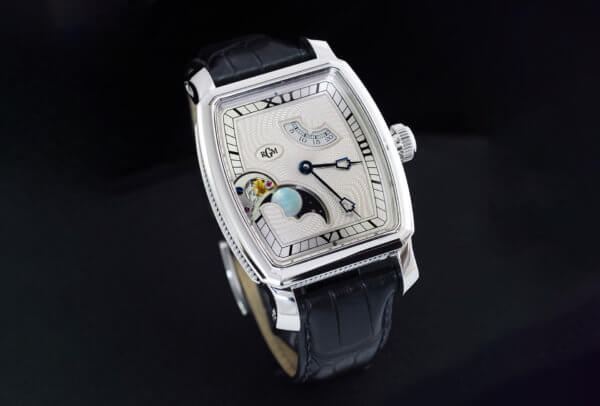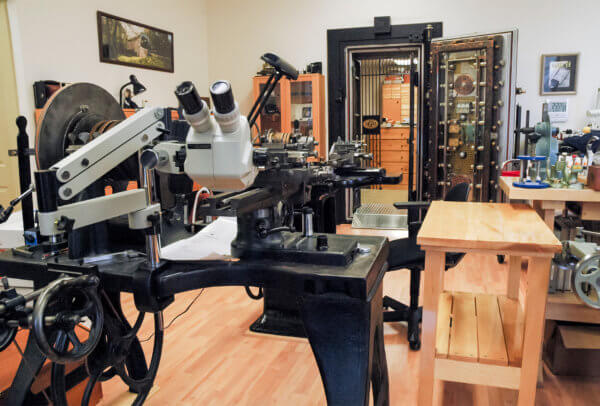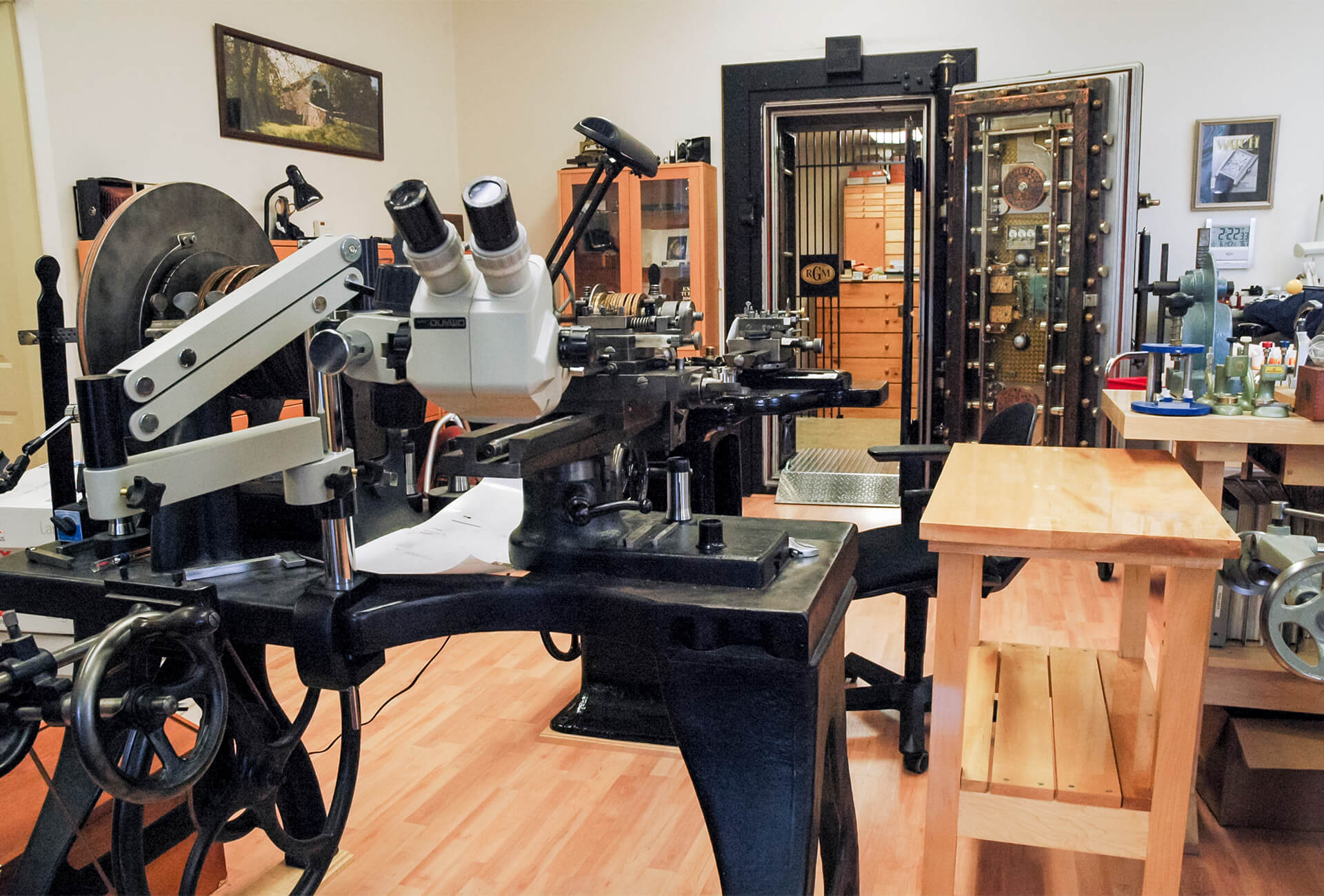When you reflect on leaders in modern watchmaking, you might immediately think of Switzerland. Next, you might look to Germany, England, France, or maybe even Asia. The chances that you might consider America as an option are slim. However, at one time the United States was a major player in the watch industry. In fact some might argue that in the nineteenth century, the American watch industry was stronger than the Swiss. For instance, watchmakers in the U.S. were among the first to succeed at mass production. But this was all a century ago.
In the 1940s, American watch companies started to consolidate while manufacturers in Switzerland were modernizing their designs and techniques. For decades, the American watch industry faded into the background. However, in the past twenty-five years, things have begun to shift. New blood has started to emerge in the U.S. industry, and these manufacturers have their sights on returning American watchmaking to its former glory.
A brief history
In the early days of watchmaking, each component was painstakingly constructed and assembled at the hands of a skilled artisan. During this period, watches were reserved for members of high society – those who could afford the cost of bespoke pieces. When the Industrial Revolution came in the mid-eighteenth century, a number of manufacturers struggled with the mechanization of the art form. They clung to tradition and questioned the quality of watches that were not handmade. But these watchmakers were not in America.
The U.S. market, made up of brands like Waltham, Elgin, Hamilton, and Bulova, welcomed the innovations that gave way to mass production. They seized the opportunity to fine-tune new technologies that helped them to standardize watch production. The Waltham Watch Company and its founder Aaron Dennison pioneered the “American System of Watchmaking” and spearheaded the manufacturing boom. It allowed American watchmakers to not only produce greater numbers of watches but also lower the cost of their wares. For the first time, watches became available to a wider scope of people. Soon, Switzerland and other European manufacturers felt the impact on their sales and eventually began implementing some of the same mechanical processes.
After World War II, the American economy finally recovered, but interest in American-made watches had faded.
After a century of industrialization, there was another major shift in the industry: the end of the pocket watch and the dawn of the wristwatch. The brutality of trench warfare during World War I necessitated the use of wristwatches. Previously considered a fashion item for women, the wristwatch became a coveted, utilitarian item for men after the war.

What followed was yet another power shift between the American and European markets. Switzerland and other European manufacturers were quick to respond to the evolving trend while the American market struggled to keep up. They had specifically developed their assembly lines for pocket watches; accommodating the production of wristwatches implied a complete redesign. Many American watchmakers could not cope with the shift in the industry and this, coupled with the Great Depression, led them to close their doors.
With the onset of World War II, the remaining American watchmakers saw an uptick in production of military watches, but commercial production remained low. After the war, the American economy finally recovered, but interest in American-made watches had faded. Instead, the American market began looking to none other than the Swiss, and largely continues to do so today.
Renaissance
In the past twenty-five years, attention has slowly returned to the American watchmaking industry. A new generation of brands has begun to emerge, with a fresh perspective. In addition to young American manufacturers creating their own designs, a company called Fine Timepiece Solutions is making waves in the U.S. market. Together, their focus on innovation over tradition harks back to the approach that originally brought the American watchmaking industry success over a century ago.

The RGM Watch Company, founded in 1992, was one of the first modern American manufacturers to blaze the path into the country’s new era of watchmaking. While innovation is undoubtedly at the company’s core, it also values America’s watchmaking traditions. The brand’s headquarters are in Lancaster, Pennsylvania, in the same county where was located the former watch factory of Hamilton, an early U.S. watchmaker. Still, the success of the brand lies in its technical prowess. With a combination of modern manufacturing and hand-operated machinery, RGM specializes in bespoke timepieces fitted with in-house calibres. In 27 years of business, the brand has created four American-made, in-house movements. Among these is the Caliber 20, aptly named to commemorate their 20th anniversary. It is a tonneau-shaped movement featuring a motor barrel which draws inspiration from the American railroad watches of the early twentieth century.
Devon’s Tread 1 was the first American-made watch to become a contender at the illustrious Grand Prix d’Horlogerie de Genève.
No manufacturer embodies the American spirit of innovation quite as literally and boldly as the California-based brand, Devon. They combine the tenets of modern watchmaking with the tech-minded nature of Cali-culture – think Richard Mille meets Apple. Devon came onto the American watchmaking scene in 2010 with an avant-garde timepiece called the Tread 1. The timepiece was the first American-made watch to become a contender at the illustrious Grand Prix d’Horlogerie de Genève. While the model did not win, it did make it to the finals in the design and concept category. Despite their futuristic designs, Devon’s watches give a nod to America’s watchmaking past with their construction. The brand’s signature belt system pays homage to the conveyor belts that played a key role in the “American System of Watchmaking”.
More than design: American-made movements
One of the latest brands shaking things up in the American watch market is the Weiss Watch Company. Founder Cameron Weiss spent a decade training and becoming certified in complications before launching his namesake brand in 2013. To complete his first ten timepieces, he engineered, hand-finished, and assembled each component from start to finish in his at-home workshop. Within two years, the brand grew exponentially and moved into a state-of-the-art workshop in California. Then, just two years later in 2016, they debuted their first in-house movement: the CAL 1003. The story of the Weiss brand is much like the story of American watchmaking. It started with handcrafting and quickly moved to automation, with models completely machined and finished in the U.S.

While a number of modern American watchmakers endeavour to create their own in-house calibres, a company called Fine Timepiece Solutions (FTS) aims to put America on the map for its movements, as well as assembly and testing services for other client brands. FTS is the only commercial source for watch movements made in the U.S. (from American and imported components), and they deliver both movements and finished watches built to order. Their goal is to empower America to become a competitive leader in watchmaking once again. FTS’s first undertaking is a line of quartz calibres called Ameriquartz. They cover the spectrum of display options integrated into the most diminutive calibres designed to fit the smallest ladies’ watches, up to a full 13-ligne version that’s popular for larger men’s types. The entire organization proudly operates under the guidance of one of the most respected master watchmakers and industry experts in North America, Manuel Yazijian (Certified Master Watchmaker of the 21st Century – CMW21 and former president of the American Watchmakers-Clockmakers Institute – AWCI). Although FTS is still working to diversify its offerings and build its reputation, the concept is a promising and exciting change of pace for the American market. A certified “made in America” calibre is certainly for tomorrow.


















